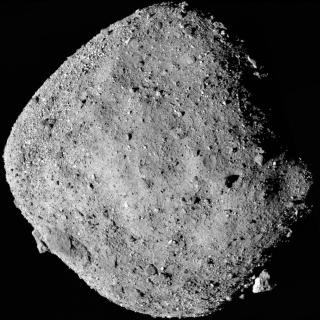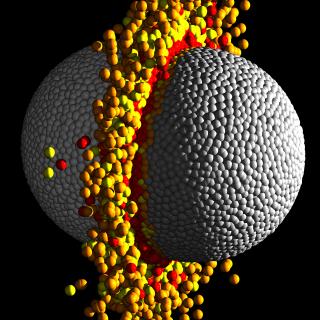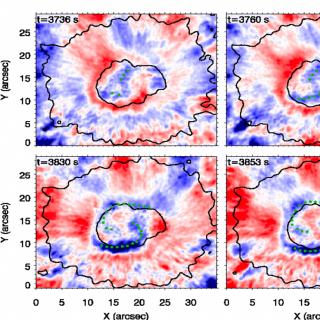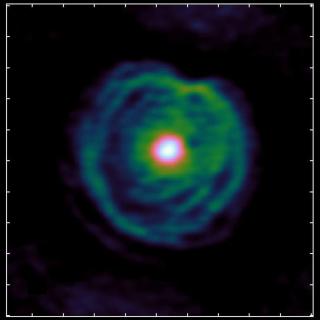
Between August and December 2018, during the Approach and Preliminary Survey phases of the NASA OSIRIS-REx mission, a series of images and spectra of the surface of asteroid Bennu, target of the mission, was acquired. Images acquired with MapCam, using 5 different filters provide an average albedo (fraction of the light reflected by the surface of the asteroid) of about 4.5 %, consistent with the spectral type of Bennu as determined from ground-based observations, and in agreement with the results from OSIRIS-REx disk-integrated photometry. Such a dark surface and spectral behaviour are also
Advertised on


![LithiumJ0023-1 Li abundance, A(Li), versus metallicity, [Fe/H], of the extremely iron-poor dwarf star J0023+0307 compared with other dwarf stars (logg ≥ 3.7) with Li abundance values from Bonifacio et al. (2018) and references therein. Blue filled circles connected with a solid line indicates the spectroscopic binary systems in González Hernández et al. (2008) and Aoki et al. (2012). The Lithium “plateau” (also called Spite Plateau) reference is shown as a solid line at a level of A(Li) = 2.20 dex. Blue dashed line repres](/sites/default/files/styles/crop_square_2_2_to_320px/public/images/news/Webp.net-resizeimage_0.jpg?h=3a83f40c&itok=6Mc41wBT)

